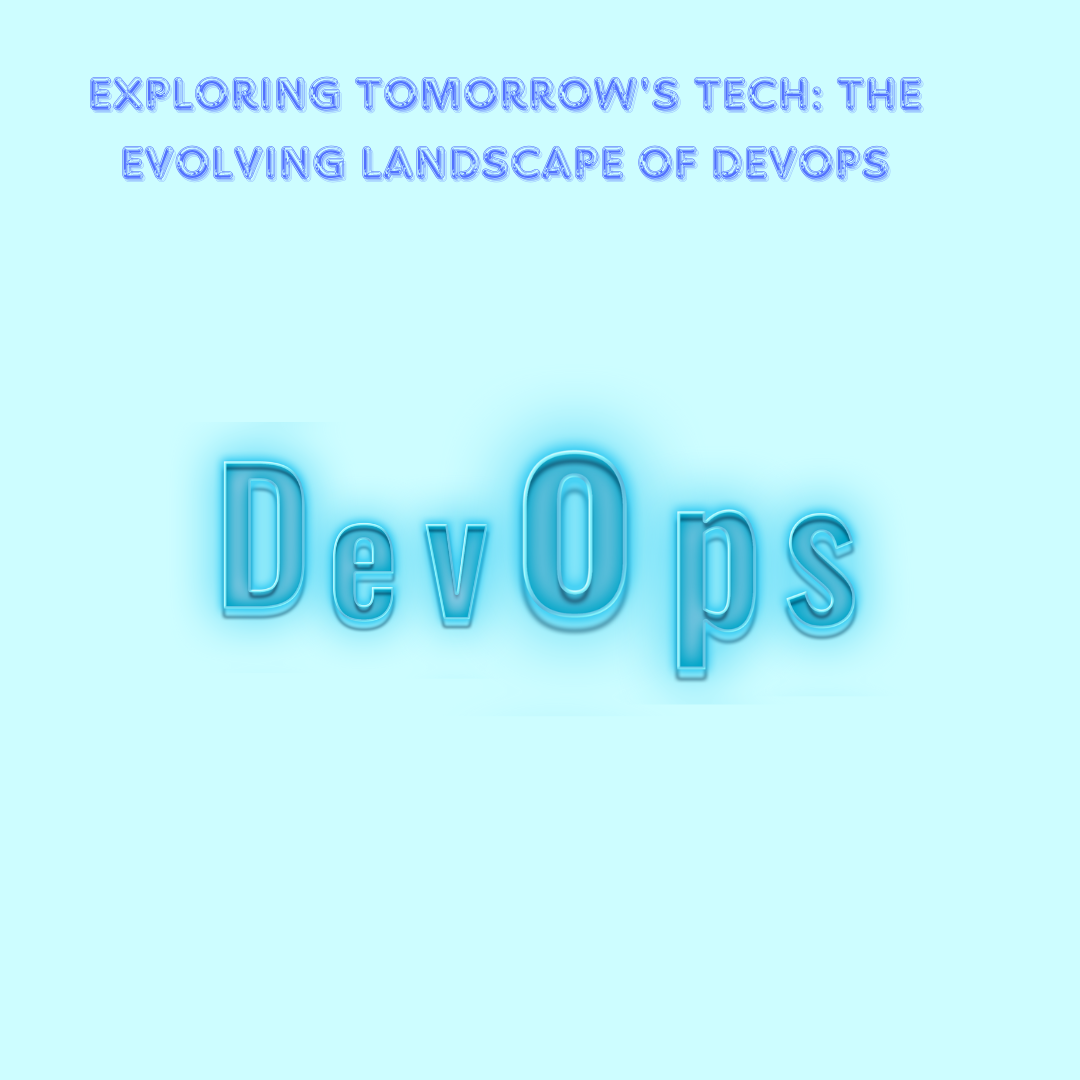Today, DevOps is the primary force driving the evolution of software development and IT operations. It is reshaping the way organizations develop, deploy, and maintain software in an era of relentless evolution and innovation.
DevOps services have evolved into a fundamental philosophy catering to successful digital transformations across industries from its emergence to bridging the gap between developers and IT operations.
However, the rapid evolution of technology and the introduction of new concepts often make us wonder what’s the future of DevOps. Is DevOps dea? Or, being replaced by other philosophies?
Well, this article will uncover how emerging technologies, shifting market demands, and evolving cultural paradigms continually redefine what DevOps means and how it operates. Not to mention its prospects and trends in tomorrow’s technology landscape.
The Origin and Evolution of DevOps
DevOps began as a nascent idea that could synergize software development and IT operational processes. From being a philosophy to becoming a cornerstone of modern technology development, how DevOps evolved is a journey worth exploring.
When the concept of DevOps was still not in the picture, and we were quite comforted with our conventional waterfall development approach, silos, miscommunications, errors, and conflicts were brewing under the surface.
While the development team kept to themselves until after the product was developed and tested, the operational team was not involved in the process. Consequently, they faced deployment and maintenance issues, a lot of back and forth between the development and operational teams, leading to delays in product development and deployment.
As technology and market demands evolved, the need for faster development cycles and more efficient processes became evident. Consequently, Agile methodology was introduced that focused on iterative development, where requirements and solutions evolved through collaboration. Despite the improvements experienced with Agile, it still couldn’t optimize various aspects of IT operations, leaving a gap between the development and deployment of software products.
It was in 2009 when the concept of DevOps was introduced to bridge this said gap. DevOps is a set of principles, practices, and cultural philosophies to improve the collaboration between software development (Dev) and IT operations (Ops) teams.
Concepts of DevOps
Let’s check a few concepts of DevOps that help eliminate inefficiencies and silos within your software development system.
- Automation: With automation, you can do repetitive tasks quickly, which helps improve consistency, speed up the development process, and reduce errors.
- Continuous Integration/ Continuous Delivery (CI/CD): Continuous Integration includes regularly merging any changes in code to a central repository alongside automated testing of the code. Continuous Delivery ensures that the developed and tested code is ready for deployment at any point in time and can be released to production right away. It ensures greater synergy between development and operations teams.
- Streamlined Collaboration: With DevOps software in the picture, it is easy to break down silos and miscommunications as developers, IT professionals, and other stakeholders can connect and collaborate as per business needs.
- Continuous Monitoring: The monitoring phase includes the operational aspect of DevOps and meticulously examines areas involving issues like low RAM, server issues, unreachable servers, system issues, etc. It may appear as documentation files for you to consider.
- Feedback and Improvement: Implementing monitoring and feedback loops to quickly identify and address issues, continuously learn from operations, and improve products and processes.
Emerging Trends of DevOps Shaping Development and Deployment
While the adoption of DevOps resulted in improved efficiencies, reduced silos, reduced errors, and a faster development cycle, it also evolved continually to meet new challenges and technological advancements.
Several emerging trends are currently shaping the future of DevOps, making it more efficient, secure, and intelligent.
Let’s check a few most influential ones!
1. AI/ML Integration in DevOps
While applications of artificial intelligence and machine learning are increasingly rising every day, DevOps too have found immense use of AI and ML. Be it automation of complex tasks, optimizing processes, or predicting potential issues, integrating AI/ML in DevOps can help you achieve all of this and more.
- Automated problem-solving helps identify problems even before the end user can detect them.
- Analyzing data from past deployments to gain key insights impacting actionable decision-making.
- AI algorithms can optimize resource allocation, reducing costs and improving performance.
- AI can predict failures and issues based on historical data, allowing teams to address potential problems proactively.
2. Integrating Security in DevOps
Security is becoming the primary focus of any DevOps software. Therefore, this trend encourages implementing best security practices and tools into the DevOps pipeline from the beginning.
- It is integral to implement security practices from the very beginning of the design and development process.
- By integrating tools into CI/CD pipelines, you can automate security testing. Thus, ensuring a continuous process of security implementation.
- It also focuses on maintaining compliance with regulatory standards.
- his holistic approach fosters a culture where security is a shared responsibility across all teams.
3. Real-Time Monitoring and Predictive Analytics in DevOps
Predictive analytics and real-time monitoring are becoming key components of the DevOps strategy, providing teams with insights that can help prevent issues, optimize performance, and enhance decision-making.
- Development and IT teams can react quickly to various anomalies or issues as you get real-time information gathered through continuous monitoring.
- Predictive analytics help forecast potential system failures or performance degradations so that teams can maintain issues before they arise.
- With continuous analysis of trends and patterns, the DevOps team can help with efficient resource utilization and optimized system performance.
- Monitoring tools can also provide insights into user behavior and application usage patterns, helping in refining the product to better meet user needs.
4. Cloud Platforms in DevOps
Cloud platforms are integral to the evolution of DevOps which influences modern development practices and trends. The various capabilities of cloud platforms offer a range of services and capabilities that align perfectly with the goals of DevOps, such as agility, scalability, and efficiency. Teams can focus greatly on developing and delivering the software rather than infrastructure.
- Cloud platforms allow quick provisioning of resources, allowing DevOps teams to quickly set up and dismantle environments as and when needed.
- Cloud DevOps services give you the ability to scale up or down as per demand.
- Cloud platforms enable team members to access tools and environments from anywhere, fostering collaboration among distributed DevOps teams.
- The cloud-based DevOps platform assures greater transparency and coordination as it acts as a single source of truth for coding, configuration, and deployment.
As we rise to the challenges of technological development, the future of DevOps appears both promising and transformative, redefining the boundaries of software development and IT operations.
With more concepts like IoT and Quantum computing in the picture, the future of DevOps is not just about technological advancements but also a shift in mindset and culture. As DevOps continues to evolve, it will undoubtedly play a pivotal role in shaping the landscape of technology, driving efficiency, quality, and agility in an increasingly digital world.
The post Exploring Tomorrow’s Tech: The Evolving Landscape of DevOps appeared first on Datafloq.



